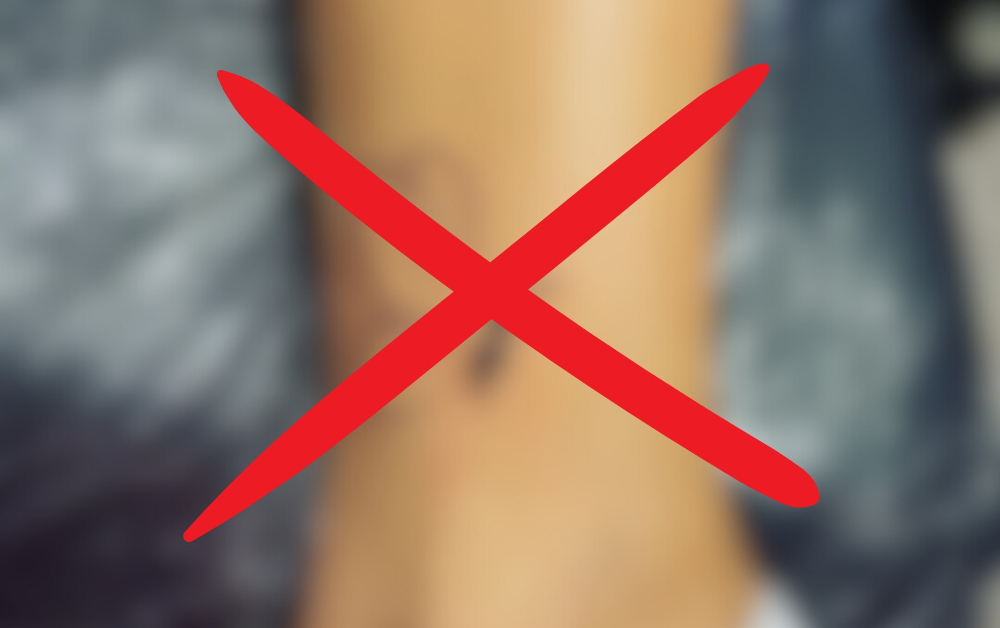An Important Editorial Correction
This article has been revised to correct a previous editorial oversight. While we may have featured tattoo designs in the past, this was a misstep that did not align with our platform’s core values. We are now reaffirming our principle that permanent body modification is a serious decision with physical, psychological, and spiritual consequences. For these reasons, we do not endorse or recommend getting tattoos. We thank you for your understanding as we ensure our content reflects our foundational principles.
Understanding the Noble Intention Behind the Semicolon
The semicolon tattoo is arguably one of the most emotionally charged symbols in modern culture. Born from the well-intentioned Project Semicolon, it carries a powerful message of hope, resilience, and survival for those who have faced mental health struggles, depression, and thoughts of suicide. The metaphor is profound: in a sentence, a semicolon is used when an author could have chosen to end their sentence, but chose not to.
We begin this discussion with the deepest respect and compassion for this intention. The desire to hold onto hope and declare “my story isn’t over” is a testament to the strength of the human spirit. However, it is precisely because this topic is so important that we must have a deeper conversation: Is a permanent mark on the skin the most healing and sustainable way to honor this journey?
The Intention vs. The Long-Term Reality
While the semicolon tattoo can feel like a powerful act of defiance in a moment of struggle or recovery, it’s crucial to consider the long-term psychological impact.
- A Permanent Reminder of Past Pain: Healing often involves moving forward and allowing past wounds to become a part of our history, not our daily identity. For some, a tattoo that constantly reminds them of their darkest moments can inadvertently tether them to that trauma, making it harder to fully embrace a new, healed chapter of life.
- External Symbol vs. Internal Healing: True resilience is built from within. It is forged through therapy, developing healthy coping mechanisms, building a strong support system, and strengthening one’s spiritual connection. There is a risk that relying on an external symbol can become a substitute for the deeper, often more difficult, internal work that leads to lasting peace.
Finding a Source of Unshakable Hope
The search for hope is a spiritual quest. From an Islamic perspective, challenges and struggles in life are not meaningless; they are tests from the Creator designed to strengthen our faith and bring us closer to Him. True, unshakable hope is not found in a punctuation mark, but in God’s infinite mercy and love.
- The Body as a Sacred Trust: Islam teaches that our bodies are an amanah, a sacred trust from God. We are entrusted with their care and protection. The act of permanently marking this trust is discouraged, as it is an alteration of the perfect form in which we were created. Honoring this trust involves seeking healing in ways that preserve the body’s sanctity.
- Turning to the Divine for Strength: The ultimate statement that “my story isn’t over” comes from turning to God in prayer (salah) and supplication (du’a). It is in recognizing that our story is ultimately written by Him, and He is the Most Merciful. This connection provides a source of strength that is infinite and can never fade, unlike ink on skin.
Health and Practical Considerations
Beyond the psychological and spiritual dimensions, the universal risks of tattooing remain. The potential for skin infections, allergic reactions to ink, and the significant pain and cost of laser removal—which is often sought when one wishes to move on from the past—are serious factors to consider before making a permanent decision.
Conclusion: Your Story is Written in Action
The courage of anyone who chooses to continue their story is immense and deserves to be honored. The semicolon movement brought a vital conversation about mental health into the open, and for that, it is commendable.
However, we believe the most powerful way to honor your journey is not by marking your skin, but by living your recovery. Your resilience is shown in every new day you face, every healthy choice you make, and every prayer you offer. Your story’s continuation is a testament to your spirit, and it deserves to be written through daily actions of healing, faith, and growth—not just with ink.
If you are struggling, please know there is help. It is vital to reach out to a mental health professional, a trusted loved one, or a support hotline in your country. You are not alone. Furthermore, we want our comments section to be a safe space for community and encouragement. If you feel comfortable, you are welcome to share your thoughts or stories of hope and resilience below.


